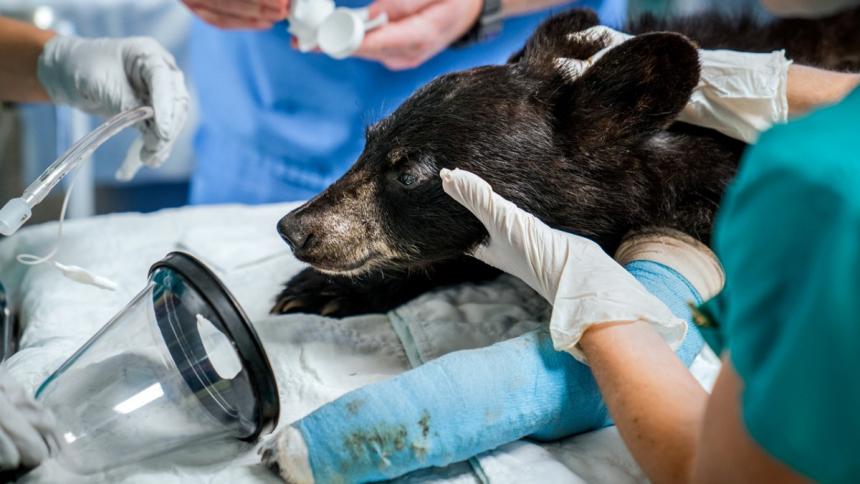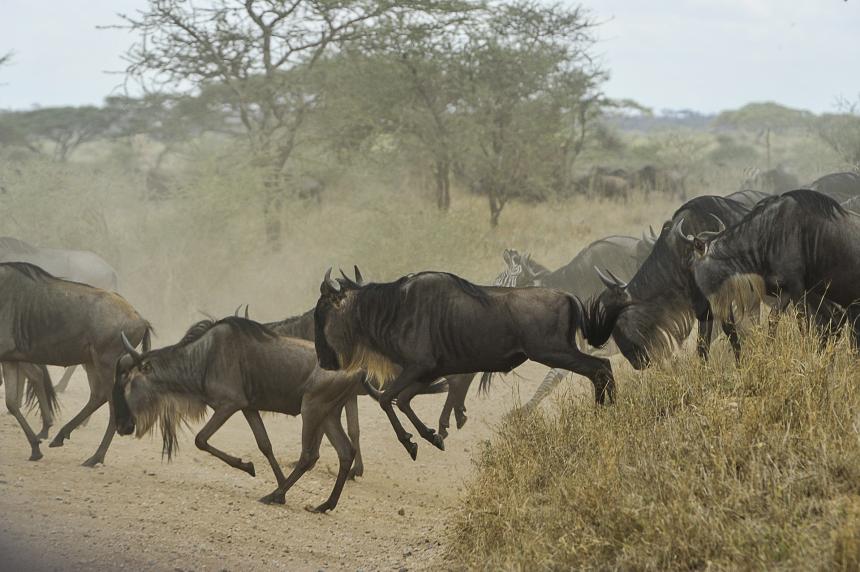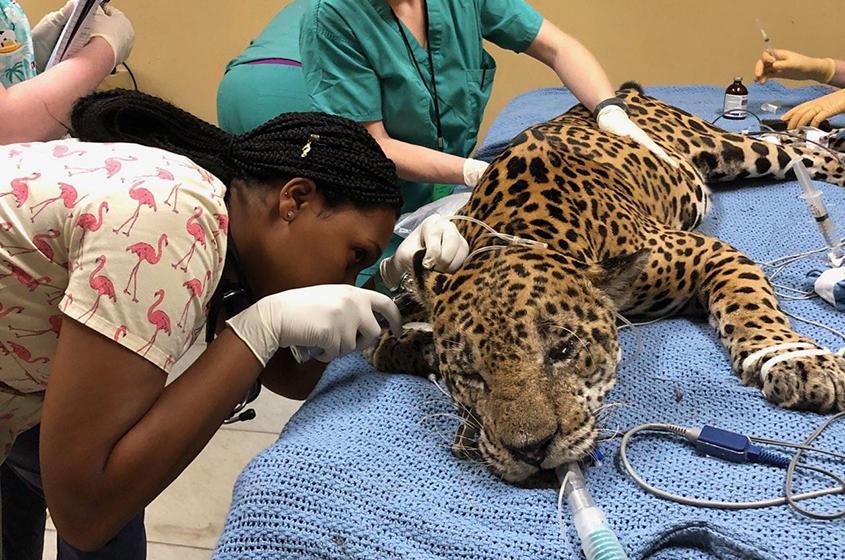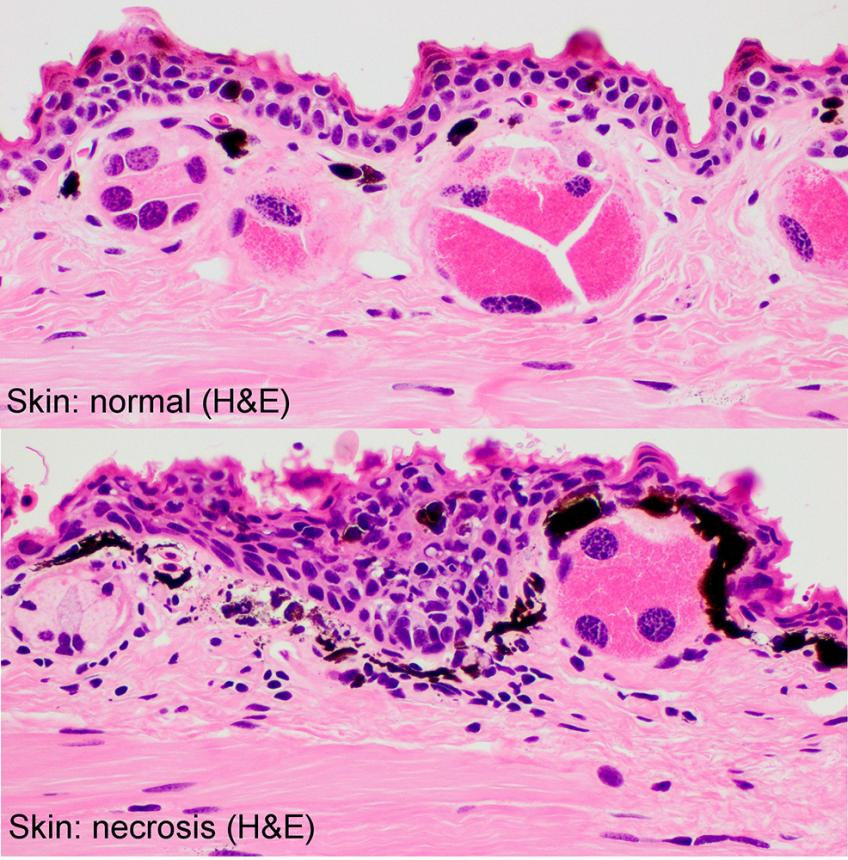In the News
Video
September 17, 2019
Watch this video of Swanson Wildlife Hospital veterinarians treating a black bear cub after she was hit by a car in the Adirondack Park. After spending time with a wildlife rehabilitator in Oswego County, the bear will be returned to the wild.

September 17, 2019
After being hit by a car in the Adirondack Park, a female black bear cub was brought to the Janet L. Swanson Wildlife Hospital where it received care to repair its broken left foreleg.

August 25, 2019
Two years ago, nearly to the day, I sat across from Dr. Marc Valitutto in a conference room at the Smithsonian Conservation Biology Institute in Front Royal, Virginia....

August 15, 2019
The New York State Department of Environmental Conservation is proposing new regulations to prevent chronic wasting disease (CWD) from entering the state. CWD is a fatal nervous system disease that affects deer, elk, and moose. According to Cornell's Dr. Krysten Schuler, New York has avoided outbreaks in its deer populations since 2005.

August 08, 2019
Botswana's Department of Veterinary Services and Cornell's AHEAD Program have completed a comprehensive road map that offers real hope for local farmers and wildlife impacted by animal disease.

Blog
July 31, 2019
Cornell veterinary student Laci Taylor '22 writes about her one-week experience at the Belize Zoo and Tropical Education Center through the International Experience in Wildlife Health and Conservation course.

Video
July 19, 2019
How does the biobanking process work? This video, produced by the Cornell Veterinary Biobank, explains how!

June 27, 2019
Cornell's Dr. Krysten Schuler was invited to provide her expert testimony and recommendations on combating chronic wasting disease (CWD) to the U.S. House of Representatives Committee on Natural Resources.

Blog
June 17, 2019
When the Cornell Wildlife Health Lab investigates mortalities in wildlife, our specially trained pathologists use diagnostic tools to crack the case.

